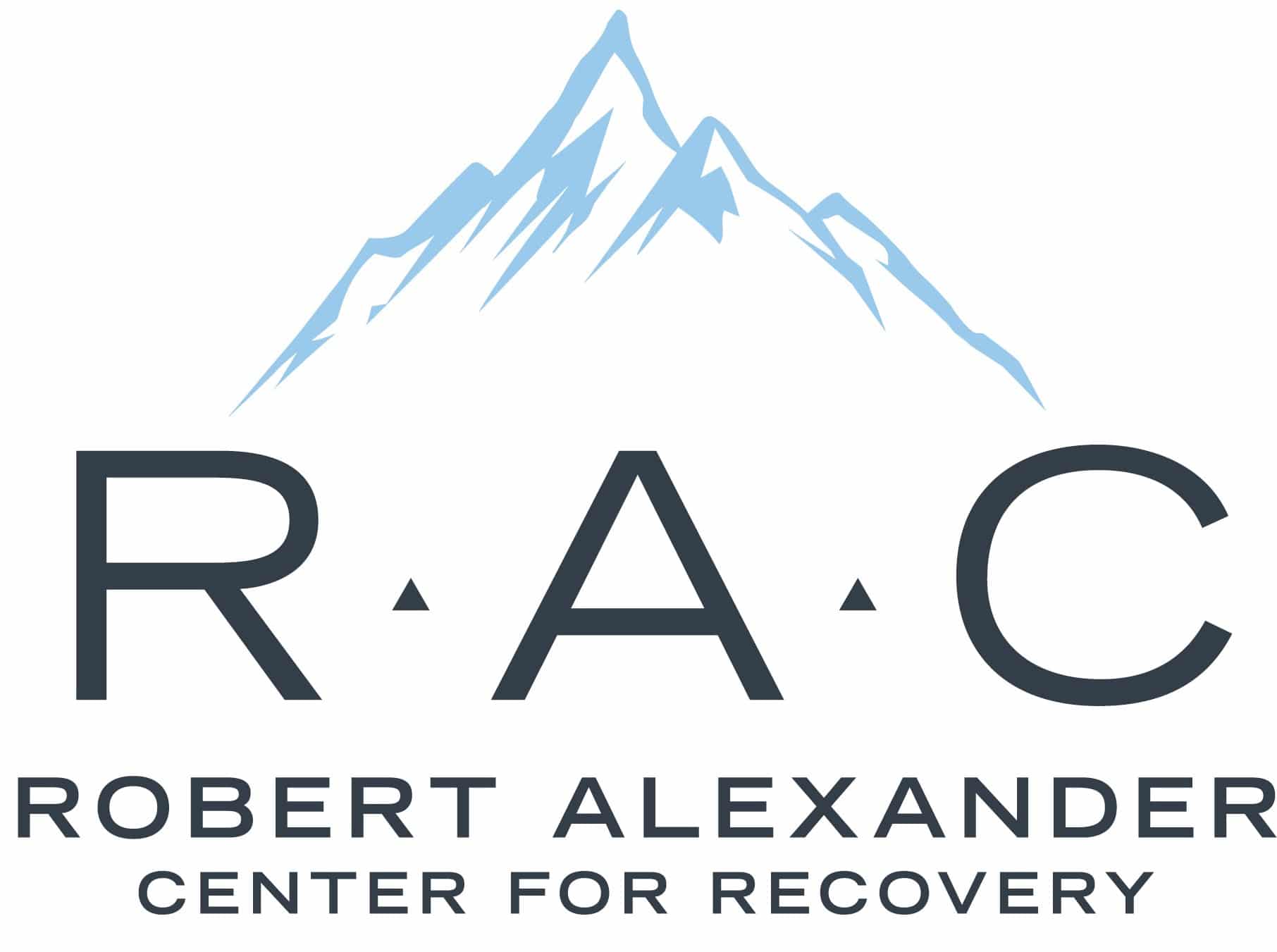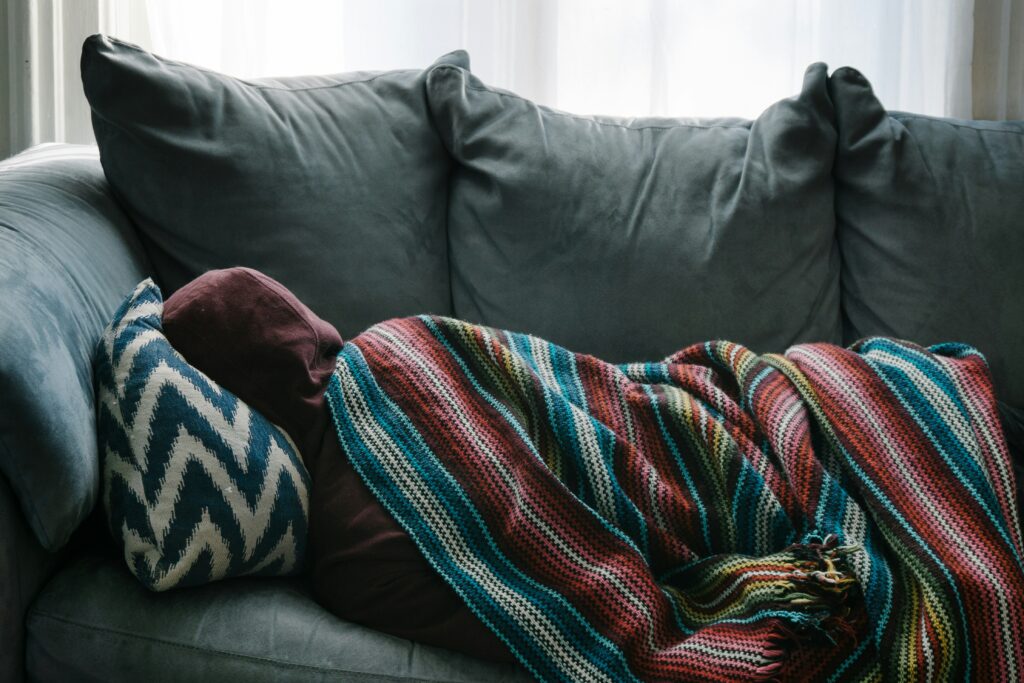Many people are not aware of the hurdles that come with the effective treatment of opioid addiction. Yet, it is essential to know what these hurdles are so you can prepare for them and overcome them when they arise. With this article, we want to cover some of the significant challenges faced by those who have gone through or are currently going through rehab therapy.
Affordability
Though insurance companies in some areas cover rehabs, in many other places, the treatment is not. This means that it can be complicated to find affordable care when you or a loved one needs it most. The good news is that there are now options available if affordability has been an issue for your family so far. Many foundations have created scholarships and offer financial support packages to ensure anyone who wants help with their addiction does get this opportunity regardless of economic status. We recommend speaking with counselors at nearby facilities about these opportunities before they come up because time could mean life or death during this very fragile period where relapse rates are high due to cravings being heightened from withdrawing from opioids completely.
Relapse

When you or a loved one has decided to get sober, it can be challenging. The brain changes when the addiction starts, leading to tolerance and dependence on opioids, so withdrawal symptoms are not always easy to cope with. Additionally, cravings for drugs, including heroin, often happen because of these physiological changes in the brain over time. This is why relapse rates are high during this period compared to other times throughout an addict’s life due mainly to how much more intense physical reactions will be after stopping use entirely without tapering down slowly beforehand as many treatment programs do now either through medication-assisted therapies (MAT) or cognitive behavioral therapy (CBT).
Withdrawal Symptoms
Withdrawal symptoms come about when an individual with opioid dependency stops using opioids, which can be incredibly difficult to do because withdrawal symptoms are common. The most severe of these include:
- Extreme muscle aches and cramps (severe bone pain)
- Nausea and vomiting
- Seizures (in those who have a history of seizures)
- Sweating profusely/chills or hot flashes
- Diarrhea
These side effects typically last anywhere from seven days to three months, depending on the severity and the length of time that has been spent abusing drugs. We recommend speaking with addiction counselors at nearby facilities about these experiences before they come up, so you know what to expect during this very crucial period.
How Can Professional Treatment Avoid These Hurdles?
Professional treatment removes these hurdles by providing a comprehensive plan to wean one off opioids and manage cravings. This typically includes detoxification (if needed), medication-assisted therapies (MAT), or cognitive-behavioral therapy (CBT). MAT programs utilize medications like methadone, buprenorphine, or naltrexone that help reduce withdrawal symptoms and drug cravings over time. CBT allows individuals to cope with life without drugs through techniques such as relapse prevention strategies, coping skills for dealing with stressors, keeping away from high-risk situations where they could be exposed to triggers of their addiction again, etc. Which in turn can lead to an individual staying sober after rehab even long after the program has finished.





